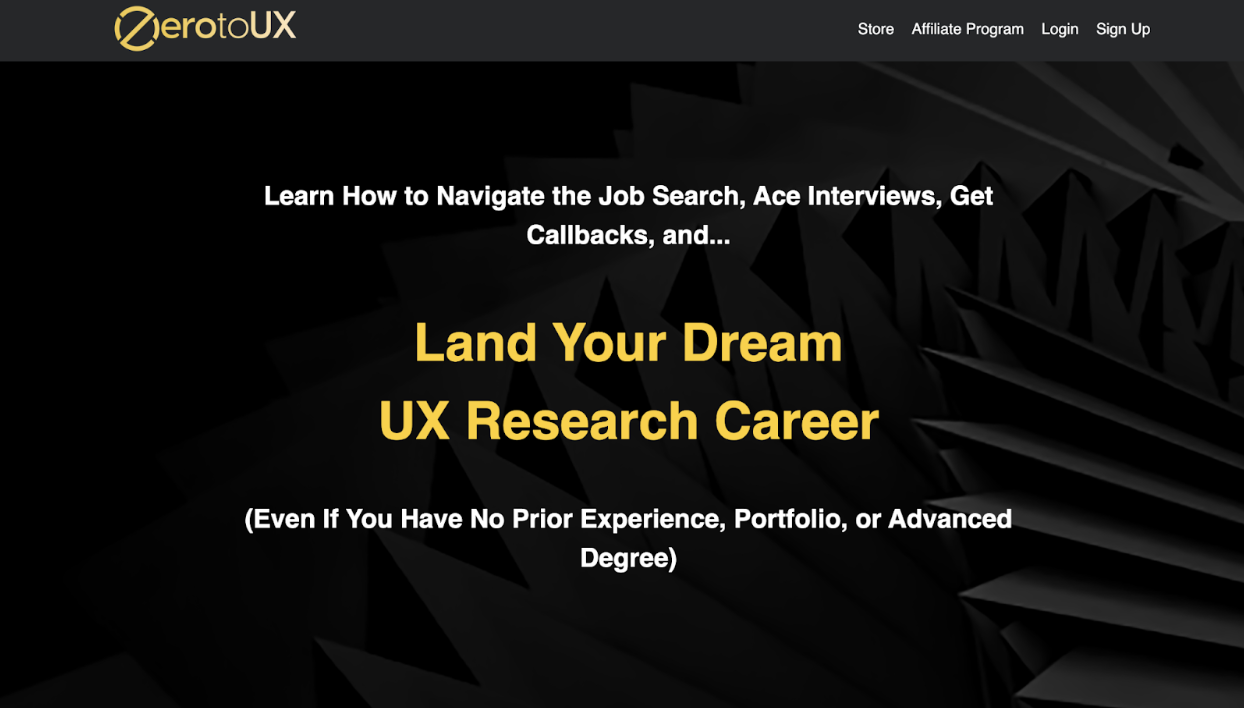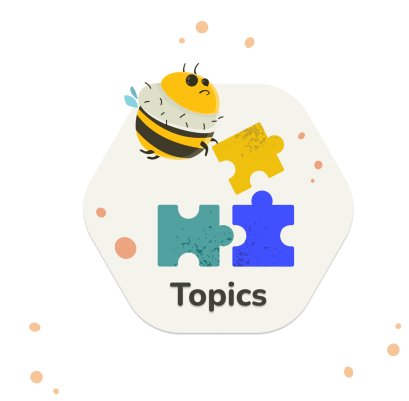A product designer is responsible for conceptualizing, designing, and testing a product that fits the target audience’s needs and solves a specific market problem. As more digital products get built, the need for product design specialists drastically increases. In this article we’ll look closer into the role of product designer, their responsibilities, and types, and explain how to become a product designer.
Key Takeaways:
➡️ Product designers create, design, and test products for specific audiences and market needs.
❗ Their roles are diverse, covering research, prototyping, usability testing, and more.
✅ Different product design roles include UX Designer, UX Researcher, UI Designer, Interaction Designer, Information Architect, and Product Designer.
💡 Product designers combine UX and visual design, aligning user experience with business goals.
📚 Becoming a product designer can involve a master’s degree or online courses.
🌐 Self-learners can use online resources, study design principles, and master design tools.
What are the key responsibilities of product designer?

A product designer is a diverse role that includes multiple responsibilities. Essentially, a product designer needs to know how to translate a concept or an idea into an actually usable product with good user experience, while ensuring it’s aligned with the needs of the company.
Product designers are involved in all stages of the design and development process and play a crucial role in creating user-friendly products that solve the problems of their customers. They are involved in all processes of research, prototyping, testing, iterating and communicating between teams.
Depending on the size of the company and the design team, product designers can wear multiple hats, so their responsibilities may vary accordingly.
However, here are some of the product designer responsibilities you’ll often see in the job descriptions:
- Conducting user research to understand the needs of the target audience
- Identifying new product improvement opportunities
- Developing concepts of design solutions, sketching, wireframing and brainstorming ideas
- Creating design prototypes
- Conducting usability testing with users to evaluate the product’s UX, spot issues and identify areas of improvement
- Developing the visual style, layout, and aesthetics of the product, ensuring it aligns with the brand
- Communicating with stakeholders, aligning design solutions with business goals
- Collaborating with product managers, developers, and other members of the design team
- Present solutions and research findings to senior management, communicating insights, getting stakeholder buy-in
What types of product design jobs are there?
As we’ve mentioned above, a product designer is a person who often combines various roles in one person. That’s why product designers are often referred to as UX/UI designers or even interaction designers.
Here are the multiple types of product design jobs that one person may often combine together, depending on the size of their team:
UX Designer
Skills: User research, wireframing, prototyping, interaction design, usability testing, problem-solving, empathy.
A UX designer is the person who is responsible for designing seamless and user-friendly experiences, conducting research, iterating the prototypes, and ensuring that the final product is easy to interact with. The main responsibility of the UX designer is to effectively solve users’ problems with functional and intuitive UX design.
UX Researcher
Skills: UX research methodologies, data analysis, interviewing skills, empathy, user journey mapping.
UX researchers are focused on conducting research studies, analyzing user behavior and uncovering their unique pain points, needs and preferences. They advocate for the user in the UX design process and ensure it stays at the center of all design decisions.
UI Designer
Skills: Visual design, UI prototyping, pixel-perfect design, understanding of design systems.
UI designer focuses specifically on the visual elements, style and aestectis of the product. They ensure the design aligns with the branding, and help to translate wireframes and rough design prototypes into visually appealing products.
Interaction Designer
Skills: knowledge of interaction design tools like Figma, UX design, empathy, human-computer interaction knowledge.
Interaction designers develop user flows, wireframes, and interactive prototypes to visualize and communicate design concepts. They are focused on designing interactions that are seamless and intuitive for the users.
Information Architect
Skills: knowledge of IA research methods like card sorting and tree testing, analytical and problem-solving skills, content strategy, information architecture.
The responsibility of information architects is to organize and structure content and information within a product in a way that optimizes navigation and findability. They create sitemaps, taxonomies, and content hierarchies to guide the design and development of information systems.
Product Designer (a combination of the above)
Skills: A blend of UX/UI design, research, interaction design, as well as collaboration and problem-solving.
Product designer takes a holistic approach to product design, combining aspects of UX and visual design, as well as knowledge of current business objectives and user needs. They ensure the product’s usability, visual appeal, and overall user experience align with the product’s goals.
How to become a product designer?
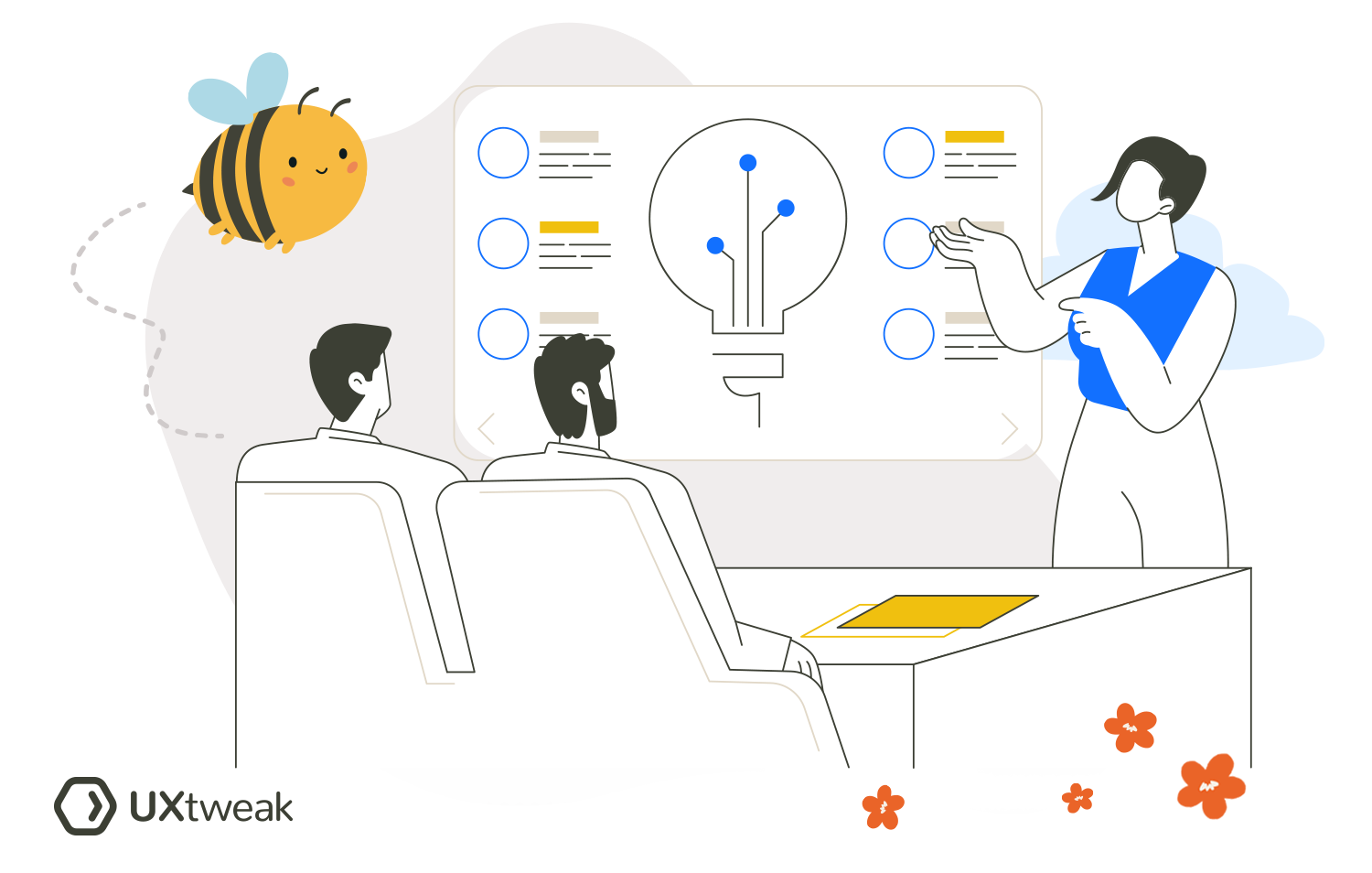
Seek product design masters
The first and the most obvious thing you can do is to pursue a master’s degree and learning product design in the university with other students. This is a classic approach that guarantees efficient learning, a couple of works for your portfolio and an actual degree to prove that you’re a licensed professional.
Many universities offer master’s programs in product design, industrial design, or related fields. These programs provide in-depth education and practical experience. Typical degrees include Master of Design (MDes) or Master of Fine Arts (MFA) in Product Design or other UX design degrees.
Choose the program that suits you best depending on your location and budget.
Look for online courses
For those who may not want to commit to a full-time degree program there are tons of online courses that provide recognized certifications in product design. This is a much more cost-effective and quick approach to learning product design. The great thing is, some of these courses actually come from the world-famous universities!
By starting such course you’ll be able to join the community of other junior product designers, get mentorship from experienced professionals and complete a lot of practical projects that will not only develop your skills but also fill your product design portfolio.
Here are some of the courses that offer such certification:
Platform | Course | Duration |
Coursera | 6 months at 10 hours a week | |
Udemy | 10 hours on-demand video | |
Coursera | 1 months at 10 hours a week | |
EdX | 4 weeks | |
Udemy | 15.5 hours on-demand video |
How to become a product designer without a degree?
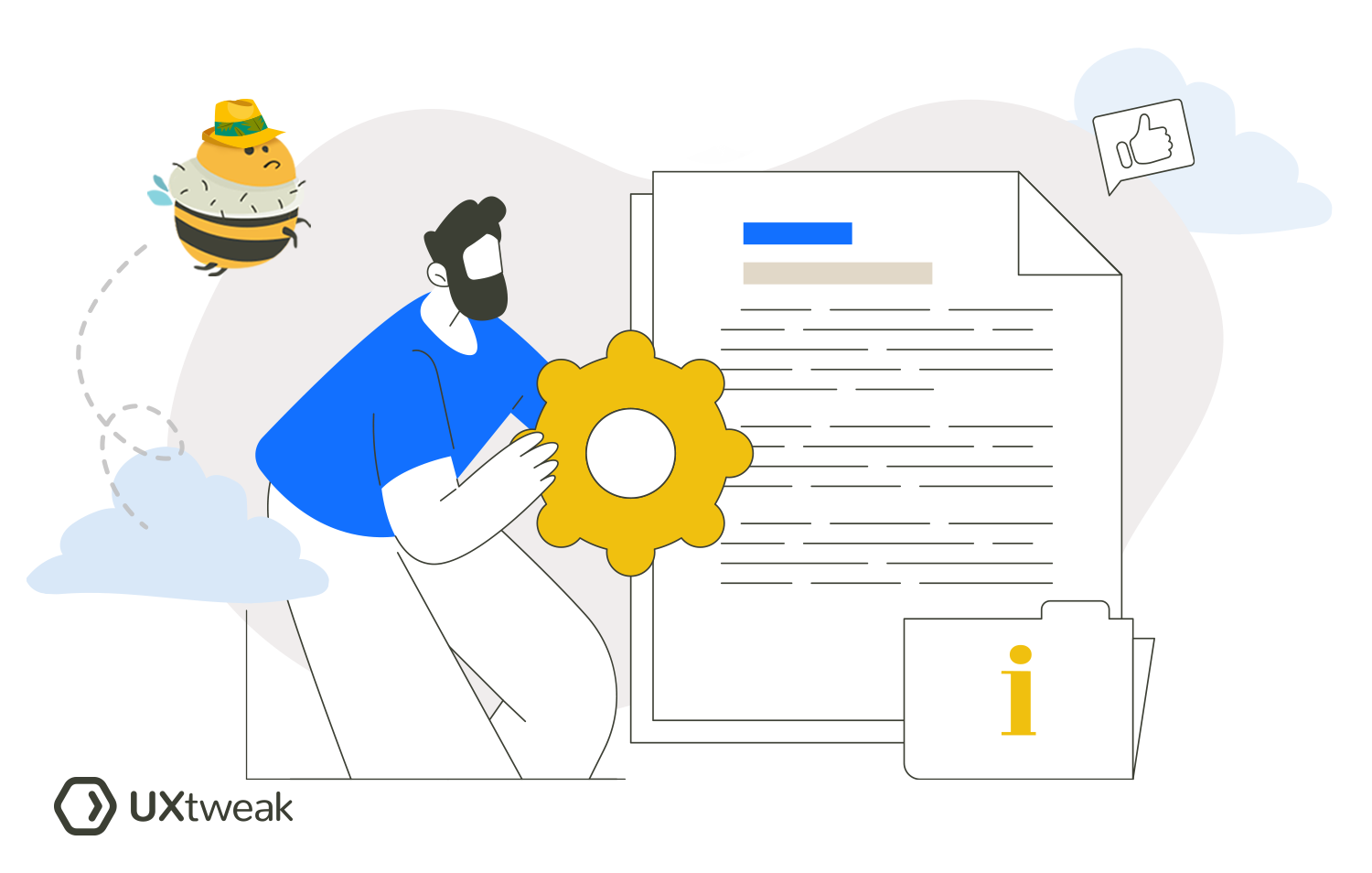
1. Make use of online design resources
Start by researching and learning about product design yourself. There are tons of specialized publications that post about design fundamentals, current trends, product design case studies and other useful information.
This is a great way to get an overview of what’s going on in the industry right now and learn from seasoned professionals through content!
2. Learn the core design principles
Understand the fundamental principles of design, such as usability, accessibility, information architecture, and user-centered design. Learn about empathy, research methods and their applications.
This will prepare you for any future courses you’re going to take and save time on learning the theory, allowing to focus on actual practical work. You can find this information online, in videos, blogs and even free online courses for beginners.
Give special attention to design case studies. Those are a great way to learn about the UX process, specific frameworks and methodologies that other designers use in their practice.
3. Familiarize yourself with the most used tools
The next step is to become proficient in the product design tools commonly used in the industry, such as Adobe XD, Sketch, Figma, and InVision. Most of them have a free plan so you can just register and start by learning the interfaces.
When you are familiar with basic functionalities, try to create something yourself. A great way to practice is by completing tutorials you find online. They’ll help you gain experience and show how various product design tools work on practice.
4. Build a portfolio
When you already have some experience and projects, put it all together in a portfolio to demonstrate your skills as a professional. Portfolio will increase your chances of getting a product design job and will become a great showcase of your work. Include case studies that demonstrate your ability to solve design problems and improve user experiences.
Don’t worry if you haven’t yet had any real work experience in the product design field. There are tons of design challenges out there that offer made-up design problems you can work on. Alternatively, you can take a product with an out-dated or unintuitive design, create a redesign project and put it in a case study!
How long does it take to become a product designer?
The time it takes to become a product designer can vary widely depending on several factors, including your starting point, goals, and the level of proficiency you aim to achieve. It can take you around 2-6 months to learn the fundamentals and probably around same time for practicing and fine-tuning your skills. The next steps like building a portfolio, finding an internship or a job, can take more time.
For example, if you are coming from a graphic design background you’ll already know the fundamentals of good design and layout which will make it easier for you to learn product design.
It also depends on the time and resources you have available. Not everyone has the time to attend a university, just like not everyone will have the money for a professional UX certification. It all depends on the amount of time and effort you invest in learning, practicing and job searching.
Where to look for product design jobs?
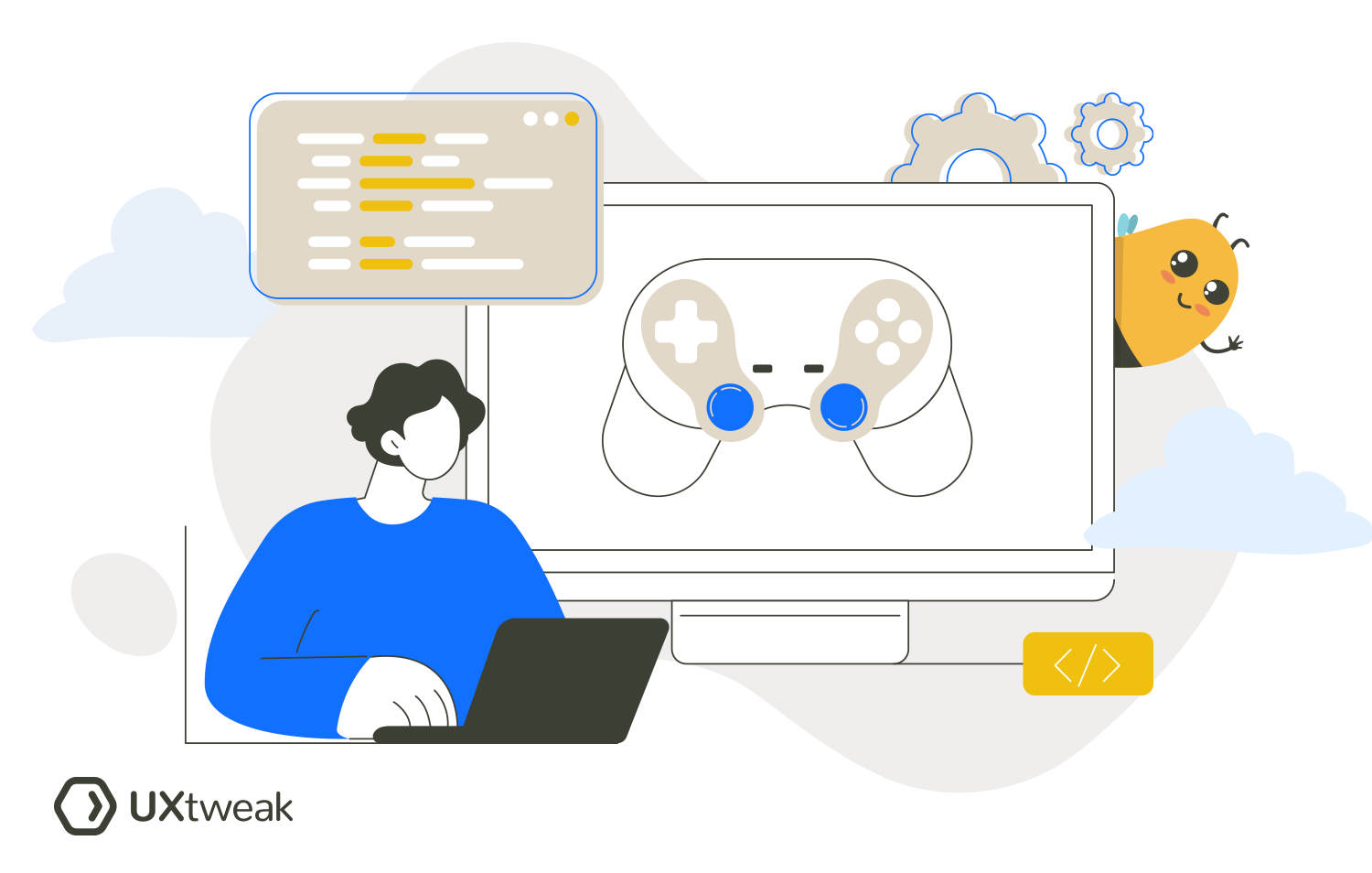
When looking for product design jobs, consider starting as an intern to gain some practical experience before applying full-time. For those who are looking for a job we recommend browsing design job boards.
Here are a few of the most famous ones:
- LinkedIn: a powerful platform for job searches and networking. You can follow companies, join design-related groups, and set up job alerts for product design positions.
- Behance: On Behance you can showcase your design portfolio and apply to jobs directly within their huge job board.
- Dribble: Dribbble is a community of designers, and it also offers a job board where you can find design opportunities, including product design roles.
- Design-specific Job Boards: Some job boards are specifically tailored to design positions. Examples are AIGA Design Jobs and Smashing Magazine Jobs.
What are the salaries of product designers?
Product designer salaries vary depending mostly on factors like location and seniority. According to Glassdoor, in the United States Junior Product Designers make $58K – $92K/yr. More senior professionals with 4-6 years of experience can count on $65K – $102K/yr. Senior professionals earn up to $130K/yr.
Good luck with becoming a product designer!
Ready to start your professional journey as a product designer? We hope this article gave you a great overview of what product design job is like as well how to become a product designer. The next step is to start learning and building your skills! As user research is the baseline of any successful design, don’t forget to familiarize yourself with online research and usability testing tools like UXtweak.
Register for your account and learn to conduct research yourself!


